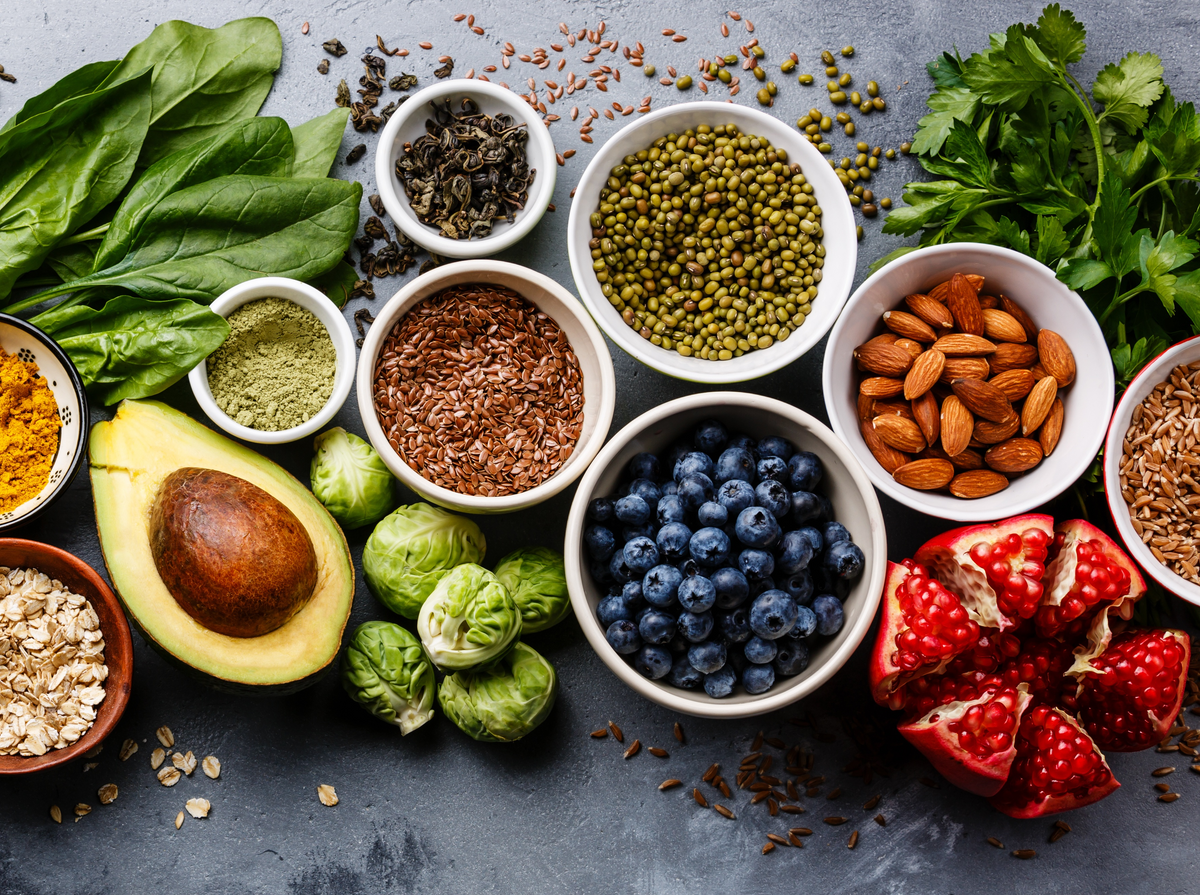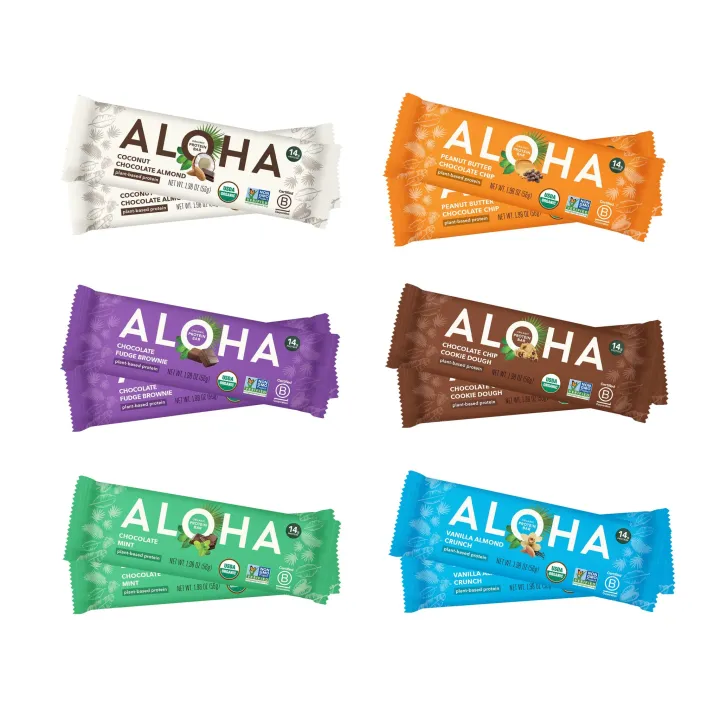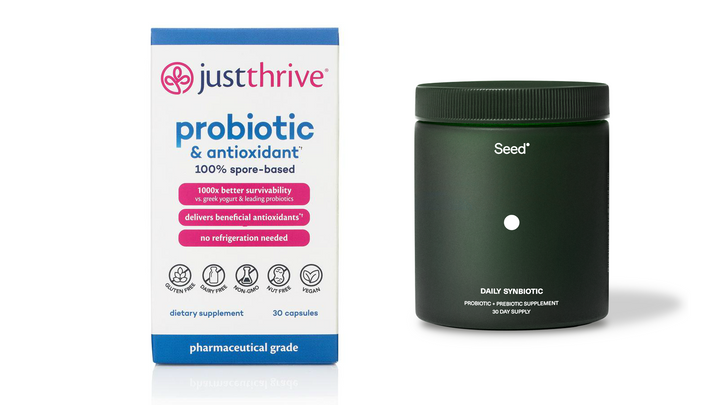Highest Antioxidant Foods
Antioxidants are substances that may protect cells against free radicals. We dive into high antioxidant foods and the variety of foods we should eat.

"Antioxidants" is a nebulous word tossed around the health and wellness world. The purported benefits seem to run the gambit between both forms of medicine, conventional and alternative. But from a conventional sense, Mayo clinic describes antioxidants as substances that may protect cells against free radicals. Free radicals are unstable molecules produced in your body when you are exposed to environmental variables such as pollutants, sunlight, and more. These atoms can cause illness, such as heart disease, brain degeneration, and cancer, but also are a byproduct of converting food into energy. When these byproducts built up from various chemical reactions in the cell, it harms the cells of the body.
Free Radicals
Sound scary? Well, not really as free radicals are essential to life and play an important role in other systems of the body. It seems like balance is a crucial note here because at high levels, the build-up can damage cells and genetic material - changing the instructions coded in a strand DNA. An example of this would be a change in DNA directions on handling low-density lipoprotein (LDL) cholesterol - sometimes called bad cholesterol - increasing the likelihood that the molecule (LDL cholesterol) becomes trapped in an artery wall.
These radical things come in different configurations. The main similarity between each is they steal electrons from neighboring substances and can dramatically change the makeup of this neighbor. An excessive and persistent amount of "lose" free radicals in the body can cause a condition called oxidative stress which can ultimately lead to chronic disease.
Antioxidants
The defenders to free radical damage are antioxidants. The antioxidants are generous, providing these electron-absent neighbors with exactly what it needs, an electron. Now, in turn, these neighbors are no longer searching for to grab another electron for themselves and spare the stable substances - basically preventing the electron-stealing chemical reaction from replicating.
Familiar antioxidants are some vitamins (such as vitamin C and E) and minerals (such as selenium and manganese). There are hundreds, maybe even thousands, of less familiar antioxidants (such as CoQ10 and Glutathione). Antioxidants are naturally occurring and we believe their presence in food is likely to prevent oxidation and serve as protection against the environment.
The term "Antioxidant" is kind of misleading. It is a chemical property or the ability to provide electrons. To contribute further to the confusion, antioxidants can act in opposition to its aforementioned role, stealing electrons from neighboring substances. Therefore, it is important to understand each antioxidant - whether it be vitamin C or beta-carotene - has unique chemical behaviors and biological properties. This is probably why it is important to consume a whole host of antioxidants found in a variety of foods. As we likely haven't identified or understood the complex and evolved role each antioxidant (and family of antioxidants) plays. This is an important distinction because research is mixed on a supplement with a concentrated antioxidant, and ultimately may point to gathering these substances from whole foods as there could be other beneficial compounds contributing to the benefits and efficacy of antioxidants.
So my big take away for this section is: antioxidants found naturally in whole foods (fruits, veggies, and whole grains) help prevent a variety of chronic diseases, according to the Harvard School of Public Health.
Measuring Antioxidants
Believe it or not, antioxidants kind of have their own units called the Oxygen Radical Absorbance Capacity (ORAC) value. To gather this value, a lab test can be done to quantify the Total Antioxidant Capacity (TAC) of food. This method measures the antioxidant activity and captures any synergistic effect between various nutrients. Again, alluding back to the final statement made in the last section, nutrients are more effective in combination than they are individually, that is why it is important to get them from whole foods.
According to the USDA, foods with a high ORAC score may slow aging. Ironically enough, the ORAC value was developed by the National Institute on Aging (NIA), an arm of the National Institutes of Health. Eating plenty of high ORAC value foods may increase antioxidant concentration in blood and prevent loss of long-term memory. While consuming foods high in antioxidants can be beneficial, it is only one part of the picture in a healthy diet. One contradiction to this study was spinach is more effective than strawberries despite strawberries having a higher ORAC score. The researchers speculate that it may be due to specific compounds in the greens.
While scientific literature is mixed on ORAC scores, the USDA did retract their statements on ORAC scores considering them biologically irrelevant. With that being considered, there could be issues with measuring the ORAC score altogether. Two foods that should have the same antioxidant capacity are grapes and raisins, but since grapes have higher water content it can make the fruit appear low in ORAC, and the same goes for the water heavy fruit, watermelon.
Unfortunately, as with most scientific research, more needs to be done before we can draw conclusive benefits from foods with high ORAC scores. But it is worth mentioning foods that are high in antioxidants (and in ORAC values) do show compelling evidence against high blood pressure and cancer through the same, if not similar, mechanism that was described above with free radicals. One could also conjecture that a diet high in antioxidants could benefit an individual experiencing higher levels of oxidative damage from environmental variables (such as the ones mentioned previously). Moreover, supplementing with astaxanthin showed improvement in LDL cholesterol in another study. Lastly, the positive effects of astaxanthin were demonstrated on skin health and repair and suggesting it was a promising compound in the field of dermatology.
Whole foods
It has become pretty obvious that supplementing a single form of antioxidants (such as Vitamin E) can actually be more harmful than beneficial. Genetic variations are involved with an individuals vitamin status. Since the mechanisms of multiple vitamins and nutrients are still being understood, it has become more evident that we should draw our antioxidants from different foods. The saying "eat the rainbow" is actually a pretty fair statement in terms of eating mostly vegetables and fruits. Here is an abbreviated list of the spectrum of foods we all should consume:
Green vegetables which contain antioxidants (such as lutein) that can protect aging eyes:
- spinach (as previously stated this food raised antioxidant levels higher than strawberries)
- collards
- kale
Yellow foods are rich in carotenoids that help support the immune system:
- Pineapple
- Bell Pepper (Yellow)
Orange also helps protect the immune system:
- carrots
- mangoes
- apricots
Red foods contain lycopene connected closely with men's health, particularly prostate cancer:
- tomatoes
- watermelon
- pink grapefruit
Blue fruits and vegetables have shown to be helpful in the prevention of cancer:
- blueberries
- plums
- borage
Purple
- grapes (purple)
- beets
- cabbage (purple)
- sweet potatoes (purple)
And don't forget about Cruciferous vegetables. Why? they contain antioxidants and other phytonutrients that reduce cancer risk:
- broccoli
- cabbage
- Brussels sprouts



